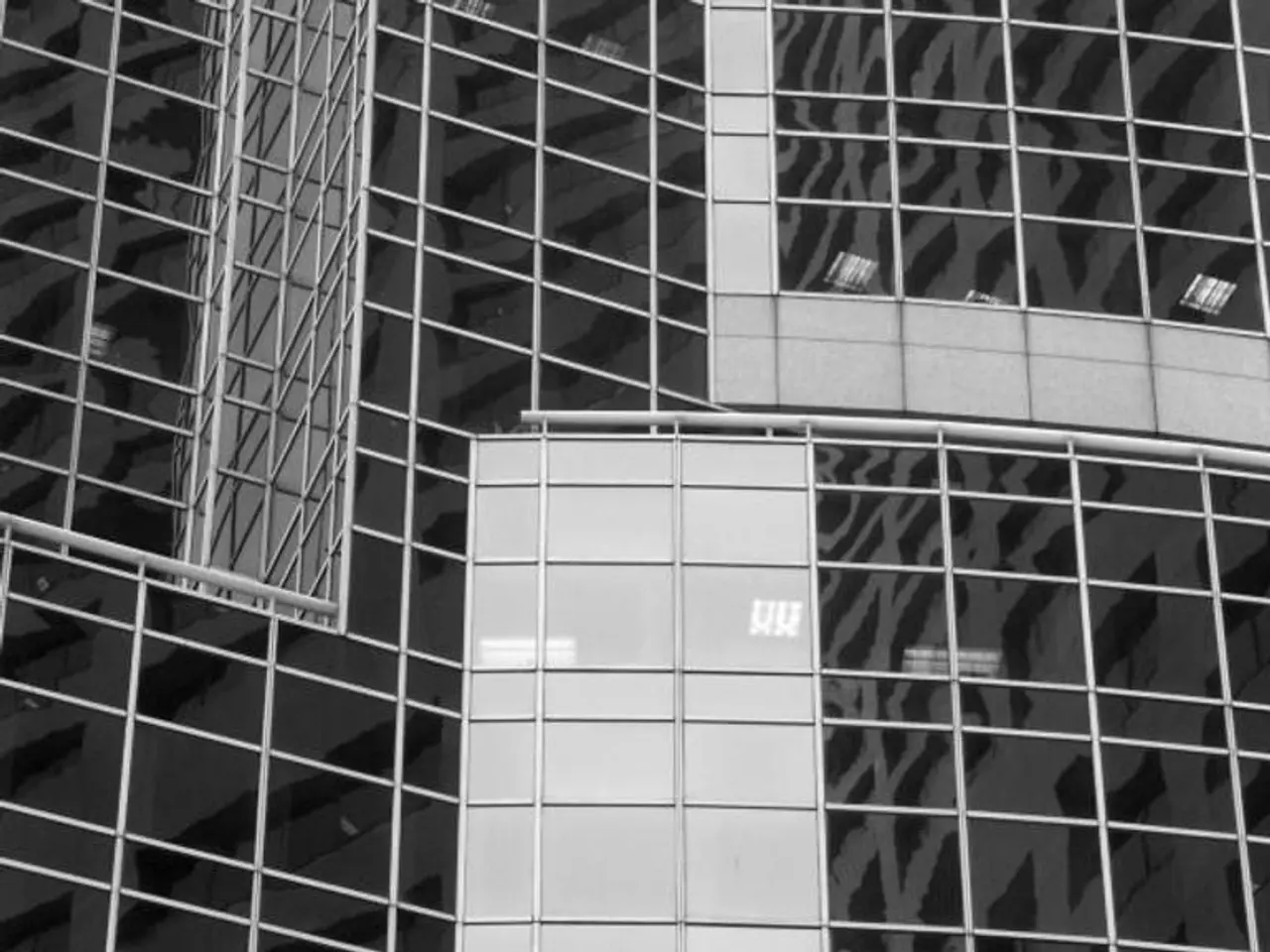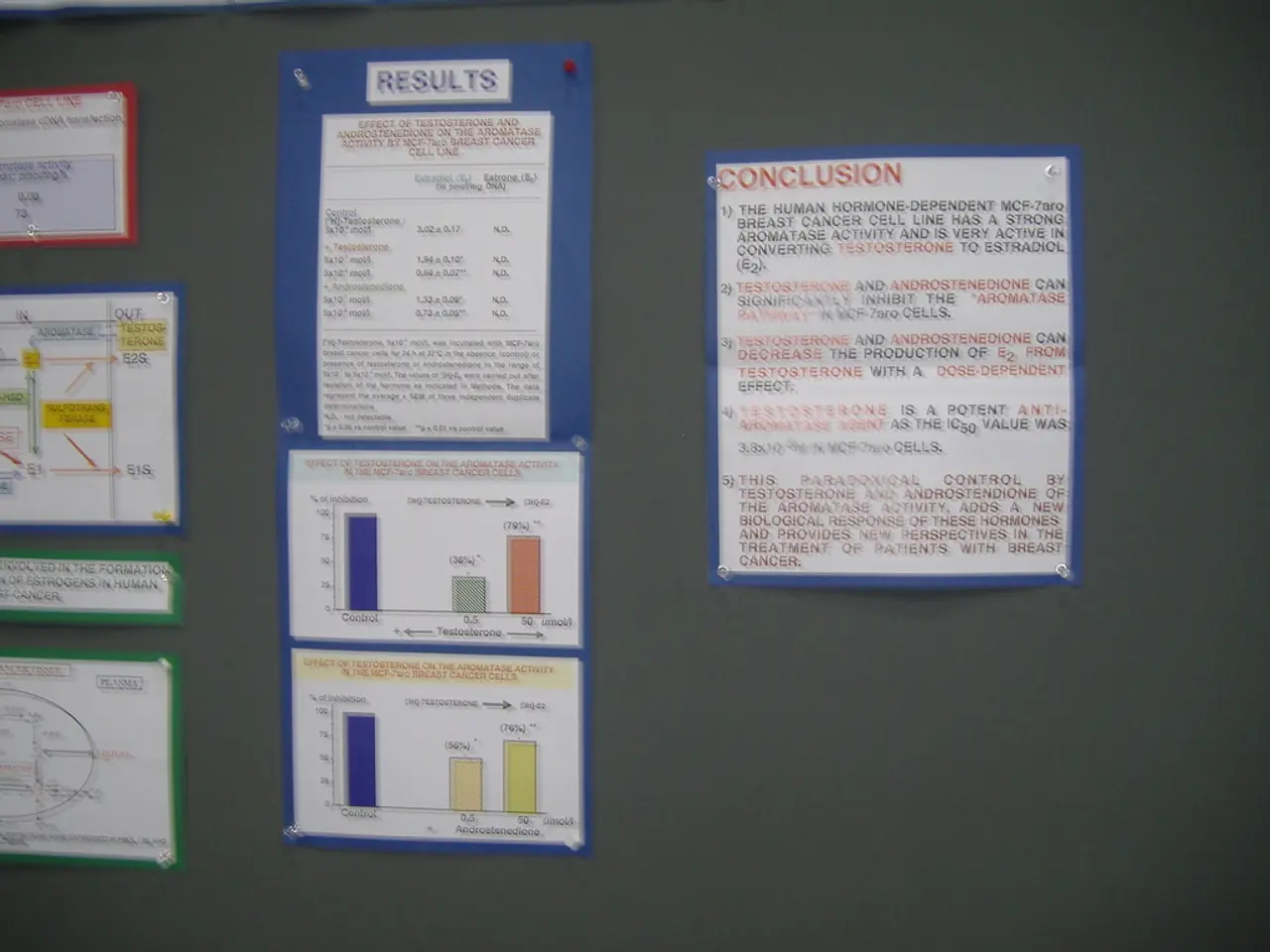China's alleged 'Bohai Monster' appears to resemble a resurrection of Soviet-era freight transportation technology.
The mysterious "Bohai Sea Monster," an experimental wing-in-ground-effect (WIG) craft, has recently been spotted in the Bohai Sea, showcasing China's advancements in maritime technology. This unique aircraft, a blend of ship and plane, promises enhanced stealth and speed.
## Design and Features
The "Bohai Sea Monster" boasts a distinctive design, with a joined v-tail, wingtip sponsons, amidships floats, and a composite structure with a stepped hull. These features are typical of WIG craft and are designed to facilitate cargo delivery and personnel recovery, while minimising radar exposure.
The propulsion system of the craft remains uncertain, with speculations ranging from jet engines to turboprop or hybrid-electric systems. However, visual evidence suggests four engines mounted side by side on the wings, which are widely believed to be jet-powered, although The War Zone proposes they could be propeller engines. Each wingtip also has a buoyancy float fitted to it.
## Operational Capabilities
The "Bohai Sea Monster" could potentially be used for logistics, search and rescue, anti-submarine warfare, and contested combat zone recovery. Like other WIG craft, it leverages the ground effect principle to reduce drag and enhance efficiency by flying close to the water's surface.
## Strategic Significance
The development of the "Bohai Sea Monster" signifies China's focus on asymmetric capabilities and its technological advancements in maritime dominance. However, climate change poses future operational challenges, particularly in the South China Sea, where the calm waters provide an ideal operational environment.
## Current Status
The release of images on social media may signal China's technological prowess while maintaining strategic ambiguity about the craft's purpose and capabilities. The "Bohai Sea Monster" is still in the experimental stage, with further technical data and imagery expected to clarify China's strategic ambitions.
The "Bohai Sea Monster" joins the ranks of famous WIG craft, such as the Soviet prototype developed in the 1960s, named the "Caspian Sea Monster." This legendary craft was the biggest and heaviest aircraft in the world of its time, measuring 92 meters (302 feet) in length and boasting a maximum take-off weight of 544 tonnes.
Images of the "Bohai Sea Monster" have been shared, with one showing the craft above the water's surface and another showing it on a pier, facing away from the camera. The "Bohai Sea Monster" is indeed a formidable addition to the world of WIG craft, also known as ekranoplan.
As the "Bohai Sea Monster" continues to undergo testing and development, the world watches with anticipation, eager to see how this innovative aircraft will shape the future of maritime travel and warfare.
The "Bohai Sea Monster" demonstrates China's significant advancements in both technology and military applications of science, as it combines features typical of wing-in-ground-effect (WIG) craft to provide enhanced stealth and efficiency. The unique design, which includes a composite structure, stepped hull, and jet-powered engines, aligns the craft with potential operational capabilities in logistics, search and rescue, and anti-submarine warfare. As China continues to develop this innovative aircraft, it also showcases its commitment to and progress in the arts of engineering and technology.




